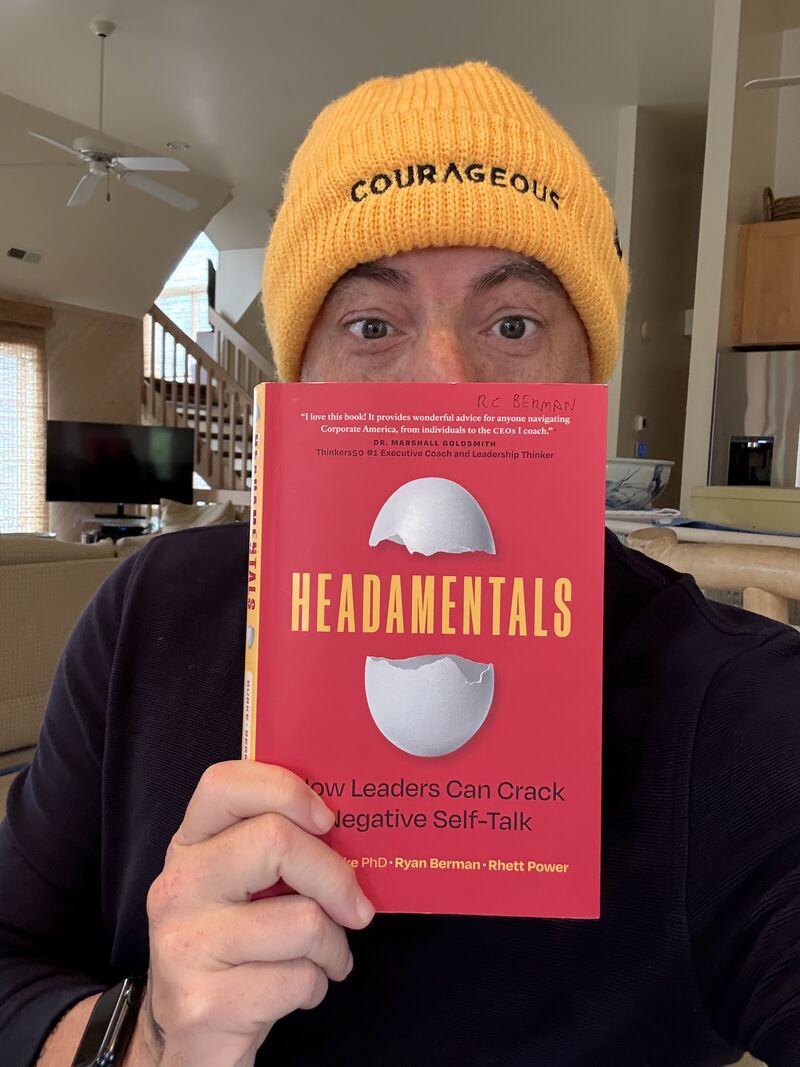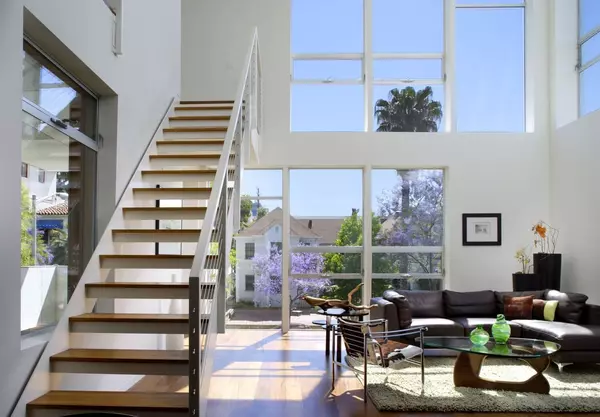It’s official: San Diego will fight court ruling on Midway District height limit
San Diego will ask the state’s highest court to keep intact a 2022 ballot measure, recently deemed illegal, that sought to eliminate the 30-foot height limit from the Midway District.
Monday, San Diego City Council members voted 6 to 2 in closed session to authorize a petition for review to the Supreme Court of California.
The decision comes one month after the city lost, on appeal, a lawsuit to environmental advocacy group Save Our Group, which contested the legality of the ballot measure, known as Measure C.
In October, California’s 4th District Court of Appeal determined that the city violated California’s Environmental Quality Act, or CEQA, when it put the ballot measure in front of voters before sufficiently studying the environmental impacts of taller buildings. The three-judge panel decision, in favor of plaintiff Save Our Access, directed the trial court to issue a writ of mandate, which would invalidate the ordinance and restore the 30-foot height limit in the Midway District.
The ruling could have devastating implications for new development in a part of town city leaders have said has been hamstrung by the 53-year-old building height restriction.
At the time, San Diego Mayor Todd Gloria vowed to challenge the appellate court ruling — but he needed the council members to sign off on additional litigation.
Councilmembers Vivian Moreno and Raul Campillo voted against petitioning the state Supreme Court to review the case, and Councilmember Henry Foster was absent, according to the City Attorney’s Office report out of closed session on Monday evening.
Gloria declined to comment for this story.
North of San Diego’s airport and south of Mission Bay, the 1,324-acre Midway District has been subject to a 1972 referendum on buildings over 30 feet in the city’s Coastal Height Limit Overlay Zone, or coastal zone for short, which was defined at the time as extending from the water to Interstate 5 in city limits with some exceptions.
In November 2022, the city of San Diego asked voters for a second time to strike the entire community plan area from the city’s coastal zone. The ordinance was put before voters after a 2020 measure was ruled illegal, following a challenge from Save Our Access, because the city failed to study the impacts of buildings taller than 30 feet.
Measure C passed with 51% approval, but Save Our Access sued again. This time, the group contended that San Diego’s supplemental analysis of the visual and neighborhood character impacts of taller buildings, prepared in advance of the 2022 ballot measure, disregarded other consequential environmental factors.
The trial court sided with the city, but the state appellate court ruled that San Diego abused its power. Justice Joan Irion identified four areas where the city’s supplemental analysis was inadequate: noise, air quality, biological resources and geological conditions.
The 4th District Court of Appeal opinion was labeled certified for publication, meaning the ruling is a significant addition to CEQA case law and sets a citable, binding precedent for lower courts.
Friday, San Diego City Attorney Heather Ferbert made a formal request to the state Supreme Court to depublish the appellate court ruling.
“The opinion does not warrant publication because, instead of advancing or clarifying the law, it conflicts with the current law and creates confusion regarding what a lead agency is required to analyze at the program (environmental impact report) level,” the request for depublication letter states. “CEQA is meant to be informative for the public and decision makers, however, it is not meant to be a costly exercise in futility and hypotheticals.”
It would be impossible for the city of San Diego, as the lead agency under CEQA, to study all hypothetical building configurations in the expansive community plan area, Ferbert argued in the letter. The opinion, she wrote, also runs counter to the state Legislature’s recent actions to reduce the regulatory barriers associated with CEQA review.
The letter is a separate action from the petition for review.
The city’s forthcoming petition to the state Supreme Court will likely make similar arguments, imploring the higher court to settle what it deems a consequential question of CEQA law.
The court rarely grants review — it chooses to hear only about 3% of cases that petition for review, according to a California courts website.
From Sept. 1, 2023, to Aug. 31 2024, the state high court received 3,079 petitions for review. In the year, the court issued 58 opinions, and it ordered seven appellate opinions depublished.
Amid the prolonged court battle, San Diego has continued forward with the Midway Rising project in anticipation of a total remake of its real estate at 3220, 3240, 3250 and 3500 Sports Arena Blvd. in the Midway District.
Midway Rising calls for 4,254 total residential units, a 16,000-seat replacement arena and 130,000 square feet of commercial space. The team has promised to construct 2,000 residential units for households earning 80% or less of the area median income, or what’s classified as affordable housing under state law. The development proposal includes 105-foot-tall residential buildings and a 165-foot-tall entertainment center, although the land-use plan is written to allow for buildings as tall as 250 feet on 10% of the site.
The development team has said that its project remains on solid footing thanks to the State Density Bonus Law, which allows affordable housing developers to use density bonuses and waivers to bypass local regulations. Despite the team’s assertions, the mayor administratively pushed back the deadline to finalize a long-term ground lease and development agreement for the 49.2-acre property. The parties are tied together in an exclusive negotiation agreement that now runs through Dec. 4, 2026.
Categories
Recent Posts










GET MORE INFORMATION


